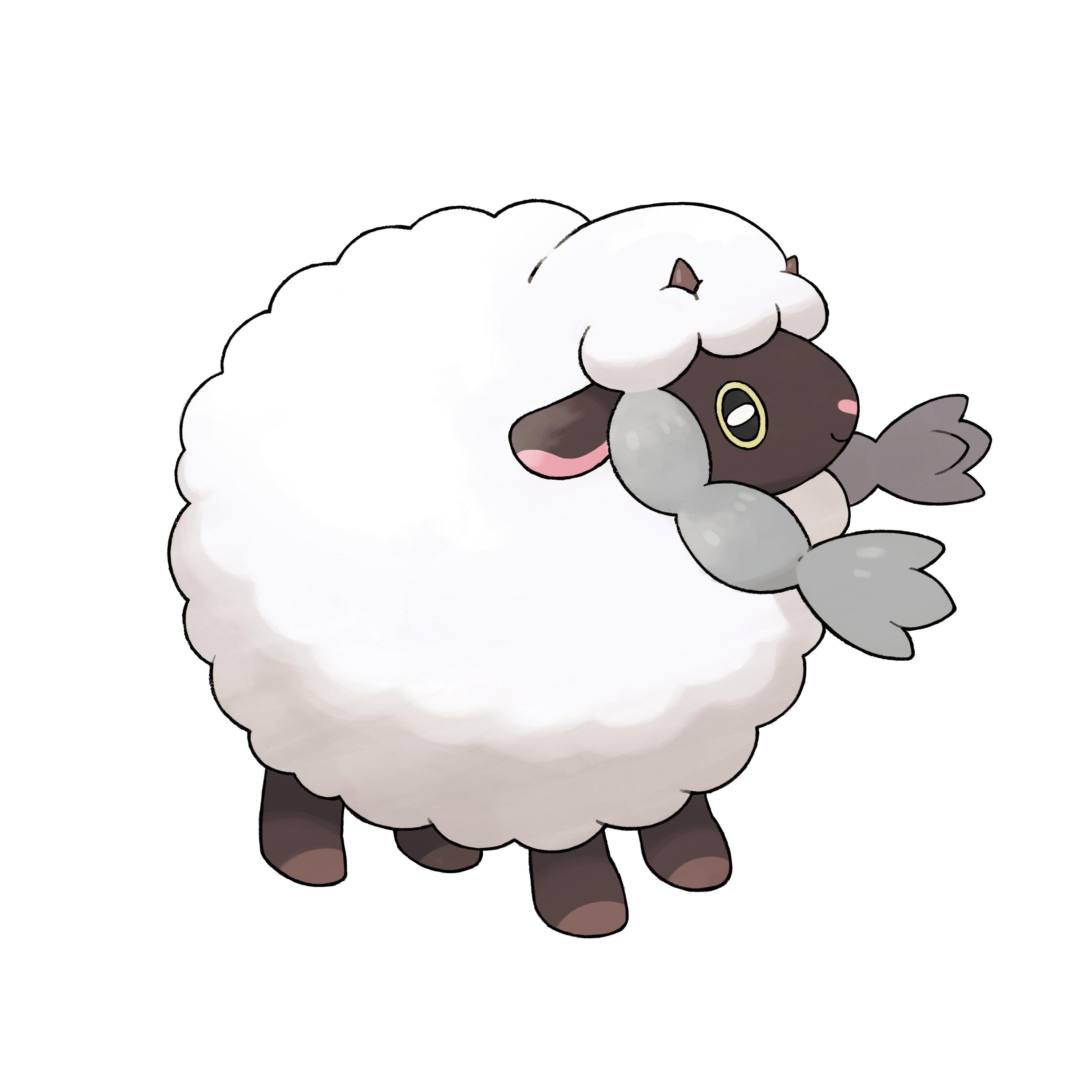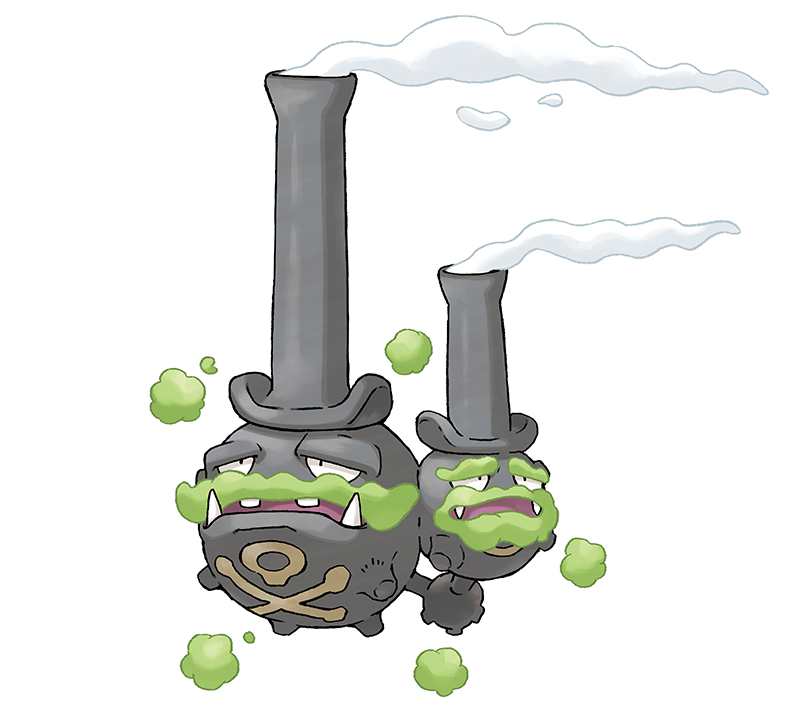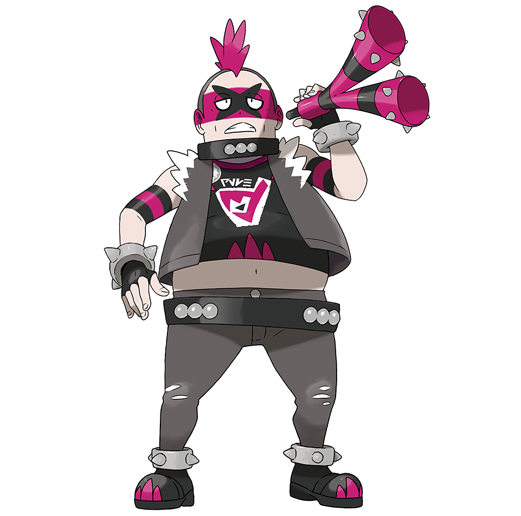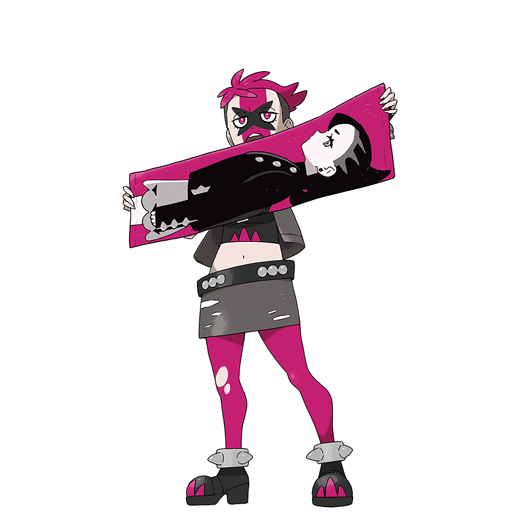Pokémon developer Game Freak’s Junichi Masuda and Shigeru Ohmori recently spoke with Eurogamer to discuss Pokémon Sword and Pokémon Shield’s development.
Ohmori, the Pokémon series’ game director, and Masuda, lead producer on many Pokémon games, talked topics such as fan favorite Pokémon like Sirfetch’d and Wooloo, Sword and Shield connectivity to Pokémon GO, negative feedback, and more.
On fan-favorite new Pokémon
Eurogamer begins the interview asking about the new Pokémon that’ve gone down “especially well” with audiences, like Sirfetch’d, Wooloo, and Galarian Weezing, and why Game Freak thinks the reaction has been so favorable.
Ohmori responds by saying, at least in the case of Sirfetch’d, it could be because of the “unexpected nature” of the evolution; as for Galarian Weezing, he says it could be because of “the way [fans] feel it matches with the feel of this kind of U.K.-based environment.”
“There’s different reasons why fans might have really taken to them, and we’re happy that that’s the case and that all the different kind of efforts that the designers have put in to creating them have born fruit,” Ohmori finishes.
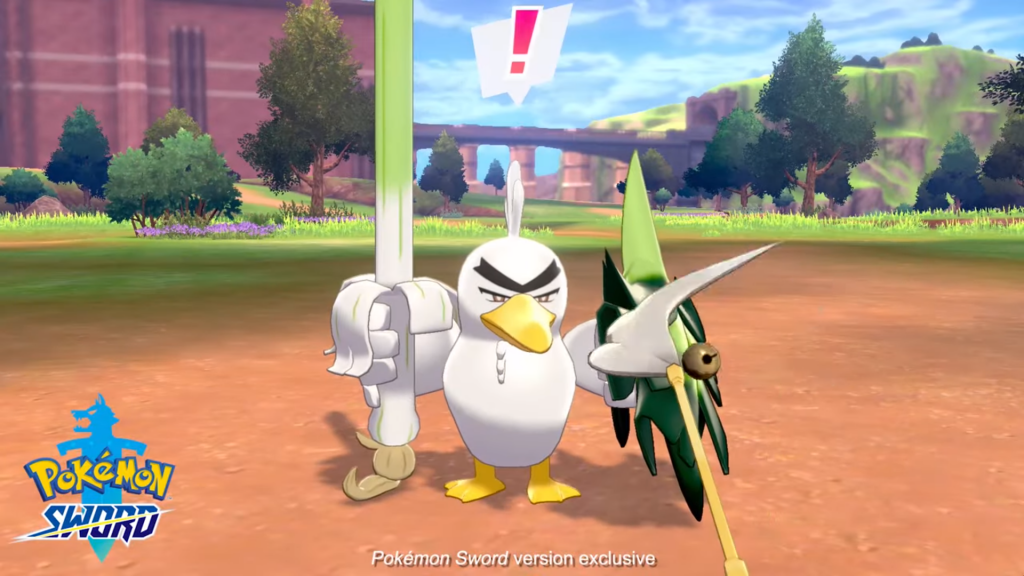
He also reveals that Sirfetch’d’s design was not based on the Farfetch’d evolution found in the recently-uncovered Pokémon Gold and Pokémon Silver demo; instead, it’s a brand-new design that took inspiration from the U.K. as a region.
“…When we’re making these regional forms there are different thought processes that go into it, but one is definitely that we’ve got an existing Pokémon that we’d like to make evolve – so you’ve got other examples like Obstagoon, this time around as well, evolving from Linoone – and the designers really look at them and think “is there a way we can change this Pokémon and make it evolve into something else?”
Ohmori also reveals the reason Sirfetch’d’s held leek is so much larger than Farfetch’d’s is entirely because of Pokémon Sword and Shield’s U.K.-inspired setting: Leeks in Japan are much smaller (more like spring onions), whereas in the U.K., they’re much bigger.
On the research behind the Galar region
Ohmori explains whenever Game Freak designs a new region for a Pokémon game, its first priority is devising a “theme.”
For Pokémon Sword and Pokémon Shield, this theme was “strength” and making the “strongest” Pokémon game.
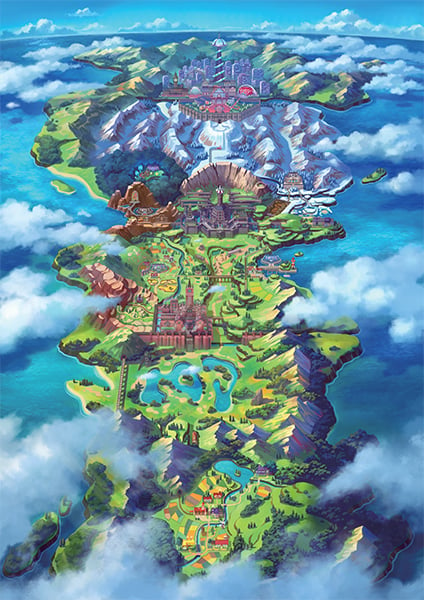
When thinking of “strength,” the U.K. came to Ohmori’s mind, which explains the direction the games took with their region.
After landing on the decision to evoke the U.K. in the Galar region, the team traveled to the real-life U.K. to investigate “lots of different places” and visit the actual locales they wanted to implement within Galar.
On integration with Pokémon GO
Ohmori reveals there will be no direction communication with mobile game Pokémon GO in Pokémon Sword and Shield, unlike previous Nintendo Switch titles Pokémon: Let’s Go, Pikachu! and Pokémon: Let’s Go, Eevee!
The only way Sword and Shield players will be able to connect to Pokémon GO is via Pokémon Home, the recently-announced Pokémon cloud service coming to iOS, Android, and Nintendo Switch in the future.
On balancing the different Pokémon fanbases
Ohmori says each Pokémon game Game Freak creates is meant to be agnostic of where each player has entered the franchise — be it through the anime, mobile games, or handheld titles.
Because of this, they make sure to explain what Pokémon are and how the world of Pokémon functions at the start of each game.
On fan backlash to Pokémon Sword and Shield, in particular “Dexit”
Ohmori says there’s “a lot of pressure” when it comes to making Pokémon games, but that the pressure doesn’t make development any more stressful.
“At the end of the day, [making games is] something we love doing, and is really fun to do,” Ohmori explains. “But we definitely really want to answer all the wishes of our fans and live up to their expectations, which is something that’s quote challenging, so, in that sense, yeah, there’s definitely a pressure.”
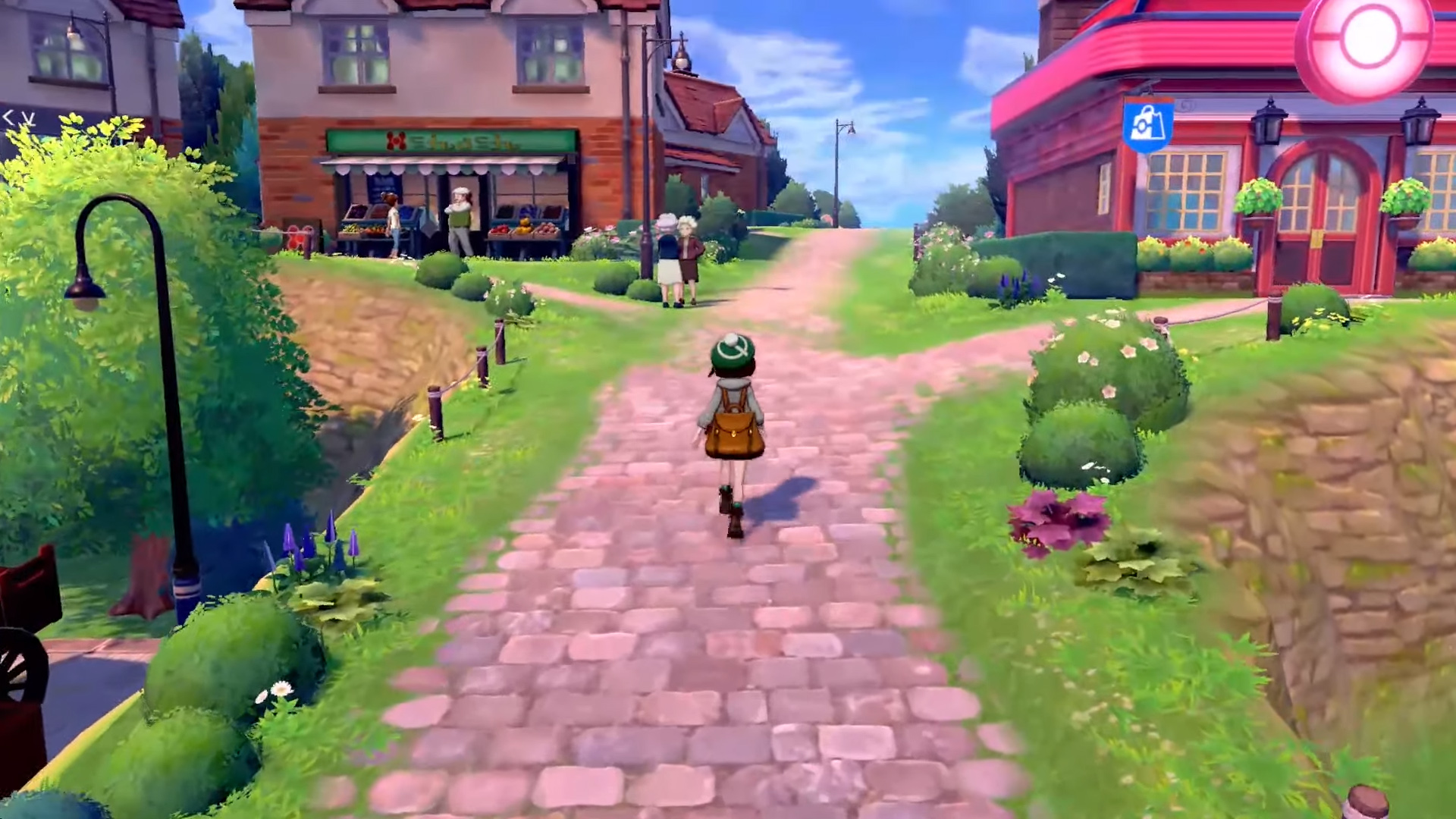
Eurogamer also asks if the recent “Dexit” controversy (fan backlash regarding the unprecedented unavailability of all existing Pokémon in Pokémon Sword and Shield) caused the development team to feel “saddened” at all.
Masuda answers:
“Of course, you know, you see these sort of negative comments and it does, as a developer, make you feel a bit down about certain things. But at the same time, you have to take criticism. For example with Pokémon Let’s Go, early on there were a lot of comments that it was too easy, or it was kind of a bit too “kid-focused” and that sort of thing. That sort of comment is something you see, and you take on board, and really try and base improvements in the next game on the feedback you received from the last one.
So, with regards to the Pokédex issue in particular that you’ve mentioned, that was something that was a really hard decision internally, there were a lot of discussions about which direction we should take that in, and ultimately we felt that, for the overall game, focusing on creating the richest experience we could within that game, leaving the Pokédex as we did was the best solution overall.”
On Team Yell
Ohmori explains the genesis of Team Yell came about from the sports-focused atmosphere of the Galar region.
“All sports have fans and some of those fans go overboard – that’s something we considered when designing them,” Ohmori says.
He also shares that the basis behind Marnie’s character, a sort-of “idol” with “really hardcore fans” that “kind of follow them everywhere,” is based on a Japanese phenomenon seen with celebrities.
On the future of the Pokémon: Let’s Go series
Eurogamer asks if Game Freak is considering continuing the Pokémon: Let’s Go series considering its popularity.
Masuda answers that there are no “particular” plans to continue, “but if the fans really like it, then definitely keep those voices coming out to the Pokémon Company and Nintendo, and make sure we hear them!”
On “modern design elements” in Pokémon Sword and Shield
Eurogamer also brings up features that are “firsts” for the Pokémon series, like autosaving, open-world elements, and co-op PvE, and whether Game Freak expects to continue pushing the series more towards “modern” trends in gaming.
Ohmori answers:
“Really what we want to do with that kind of thing is first look at how Pokémon Sword and Shield are received, see what features people enjoy and are well-praised, and then as we go forward in the future. There are obviously other games doing different things like that; we basically just want to look at what does well and what we can improve, based on the kind of feedback we receive for Sword and Shield, and think about what we want to put into future games.”
On inspirations for Pokémon Sword and Shield
Finally, Eurogamer ends the interview by asking if there were any particular games that were inspirations for Pokémon Sword and Shield.
Ohmori doesn’t give any specifics, but says he’s a fan of lots of Nintendo and non-Nintendo games and that they may have indirectly influenced Pokémon Sword and Shield.
“When designing new features on a professional level, it really is kind of looking at what sort of aspects in games are popular, and what works well in the current world – because it changes over time obviously – really looking at that and seeing what fits with our general design ideas, and seeing what we can add in to improve our games as we go,” Ohmori says.
Leave a Comment


